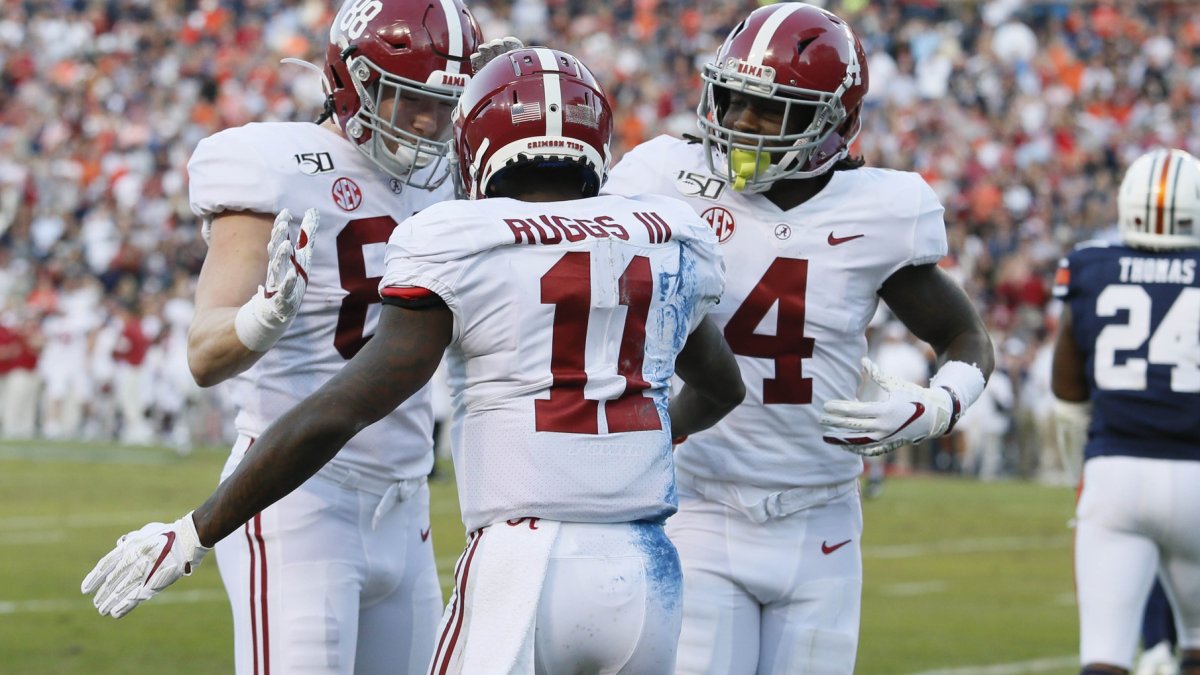NFL teams and draft analysts are simultaneously good and bad at evaluating draft prospects. On the one hand, the best players are drafted earlier and the poorer players are drafted later, just like any draft success curve indicates. But on the other hand, teams are really bad at differentiating between two players who are expected to go close to one another in the draft: The chance that a player is better than the next selection at the same position is fairly close to 50%.
Slide from @R_Thaler showing NFL teams' ability to draft a better player than the next player drafted at that position is basically a coin flip pic.twitter.com/wYIEucg7sY
— new-age analytical (@benbbaldwin) March 7, 2020
Overall, a player selected in the NFL Draft from 2006 through to 2018 turned out better (as measured by his four-year WAR value) than the next player at his position 51.6% of the time.
[Editor's Note: PFF's Wins Above Replacement (WAR) metric is powered by AWS machine learning capabilities.]
Of course, this depends on how far away from each other the two players are selected. When two players of the same position were drafted within five picks, the higher picked player has ended up better 49.7% of the time, so it’s basically a coin flip. When more than 30 picks separate two consecutively drafted players of the same position, the earlier selection was more valuable through his rookie contract 55.5% of the time.
It also depends on the draft position itself, as a player drafted inside the top 100 turned out to be better than the next draft pick 53.7% of the time, while this was only true 50.2% of the time outside the top 100 selections.
A natural follow-up question is, what happens if there are multiple selections of the same position in close proximity, or so-called tiers? Our goal is to investigate these and consider the two competing hypotheses:
- Whether a player ends up better than the next player at the same position solely depends on the draft position and difference in draft position, and not on whether they could be considered to be in the same tier.
- Whether a player ends up better than the next player at the same position also depends on whether the players are contained in the same tier.
Creating tiers
How do we fit players of the same position at the NFL Draft into tiers? Well, we let the teams and the math decide! For each draft class and position, we use a clustering algorithm to group all selections of one position into a fixed number of tiers. Since we don’t know the best number of tiers for each position, we let this number vary. As an example, we look at the 2017 wide receiver class (we only show the first 20 of the 33 picks).
Exclusive content for premium subscribers

WANT TO KEEP READING?
Dominate Fantasy Football & Betting with AI-Powered Data & Tools Trusted By All 32 Teams
Already have a subscription? Log in



 © 2025 PFF - all rights reserved.
© 2025 PFF - all rights reserved.